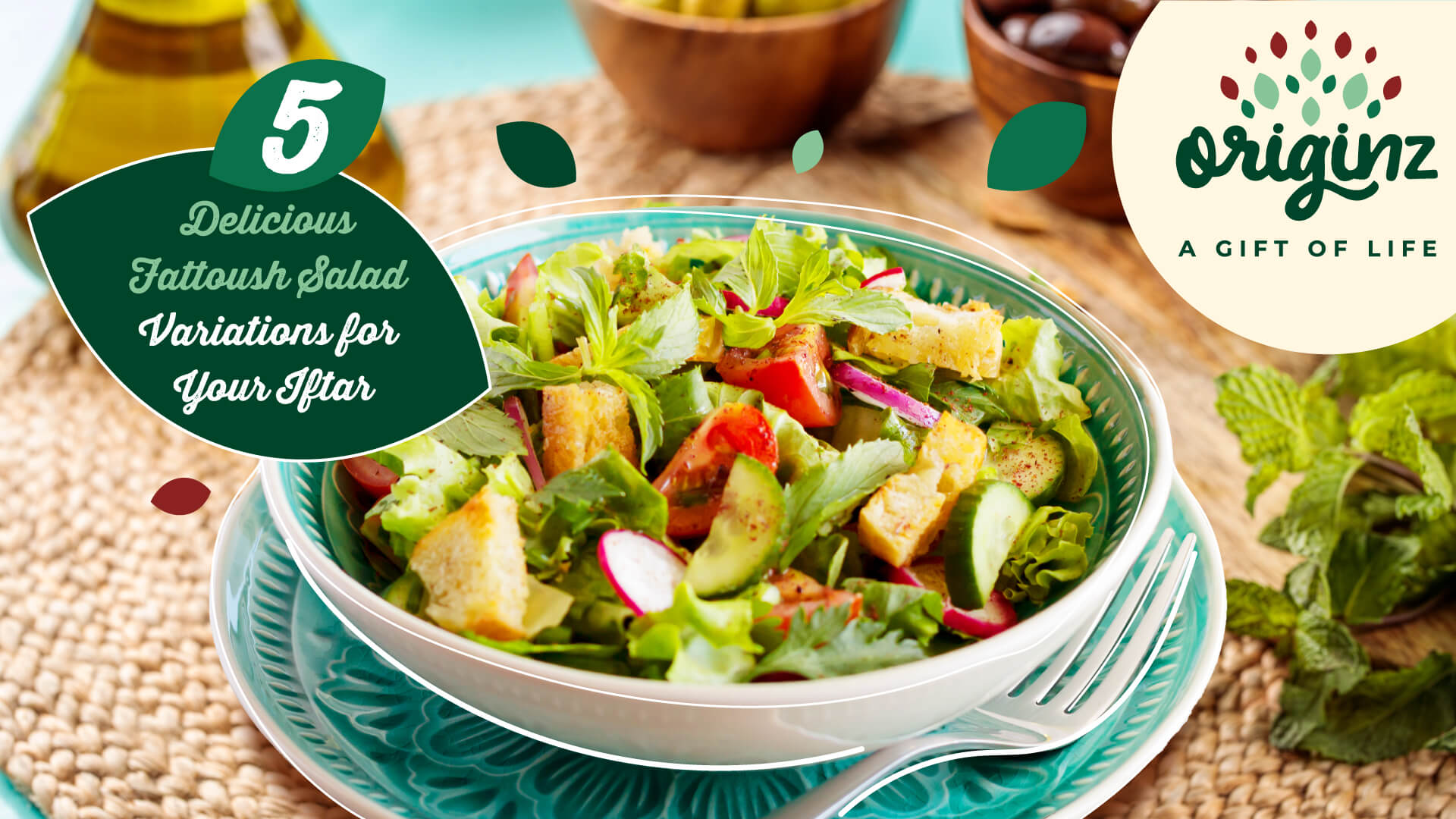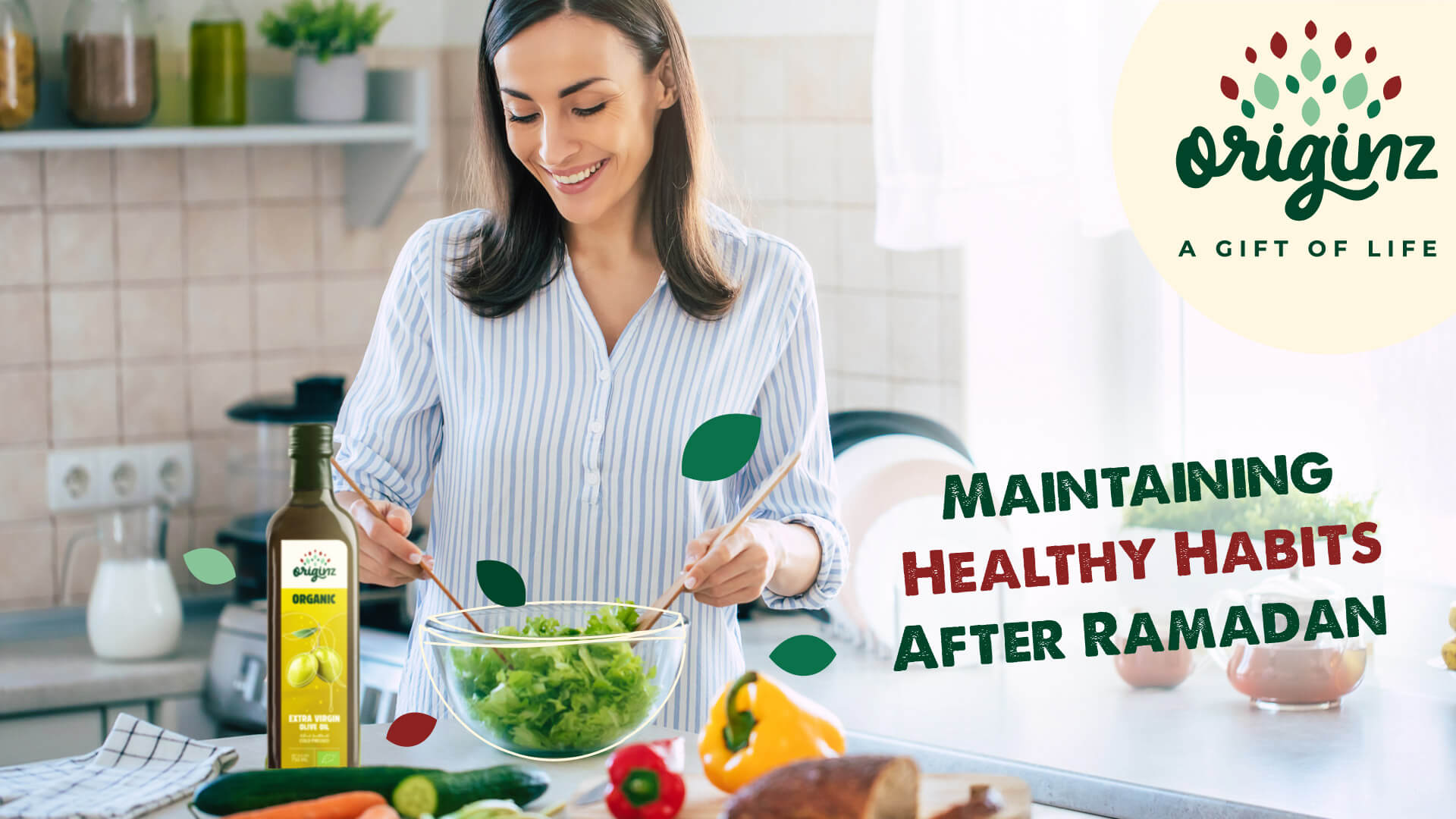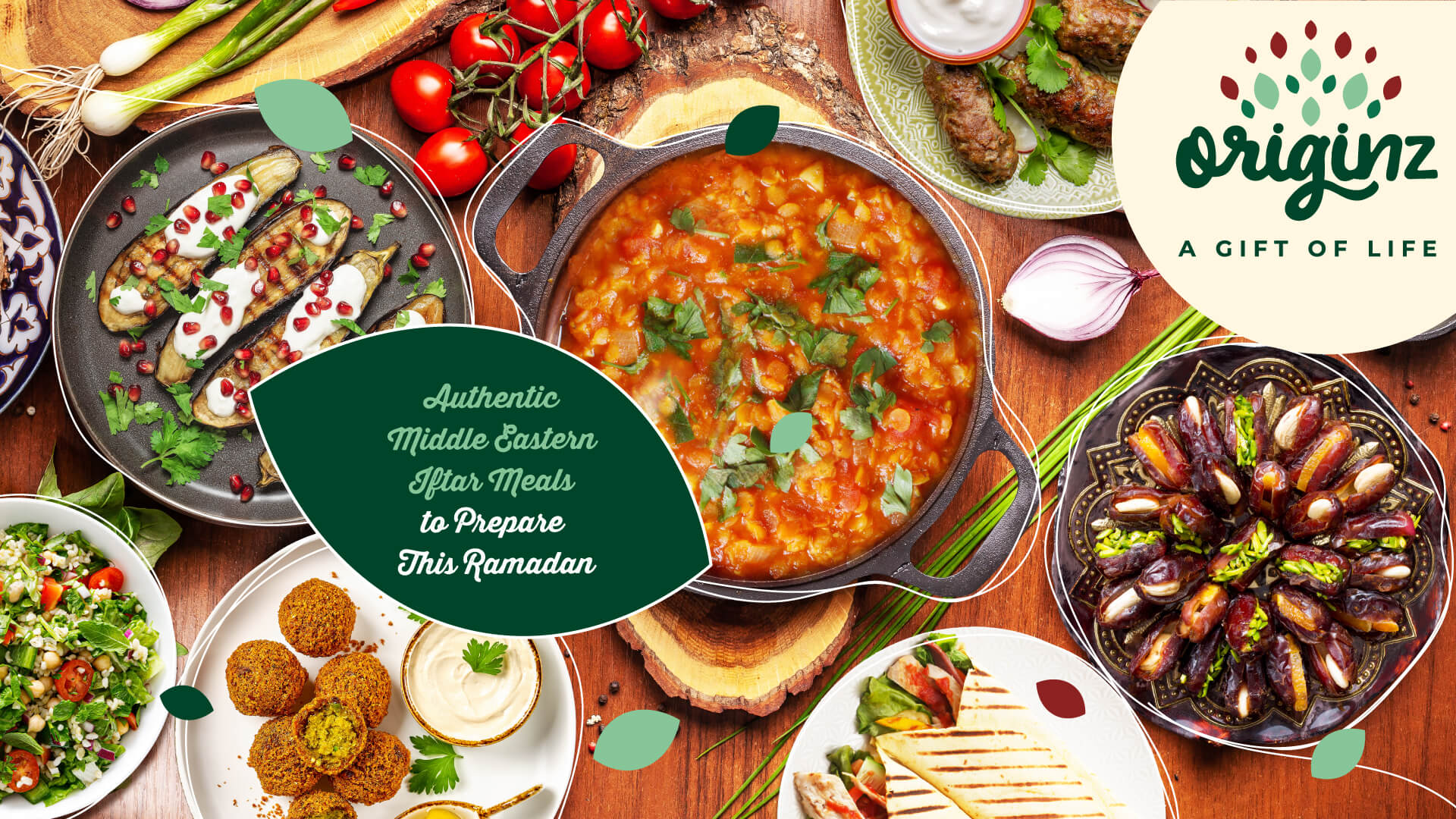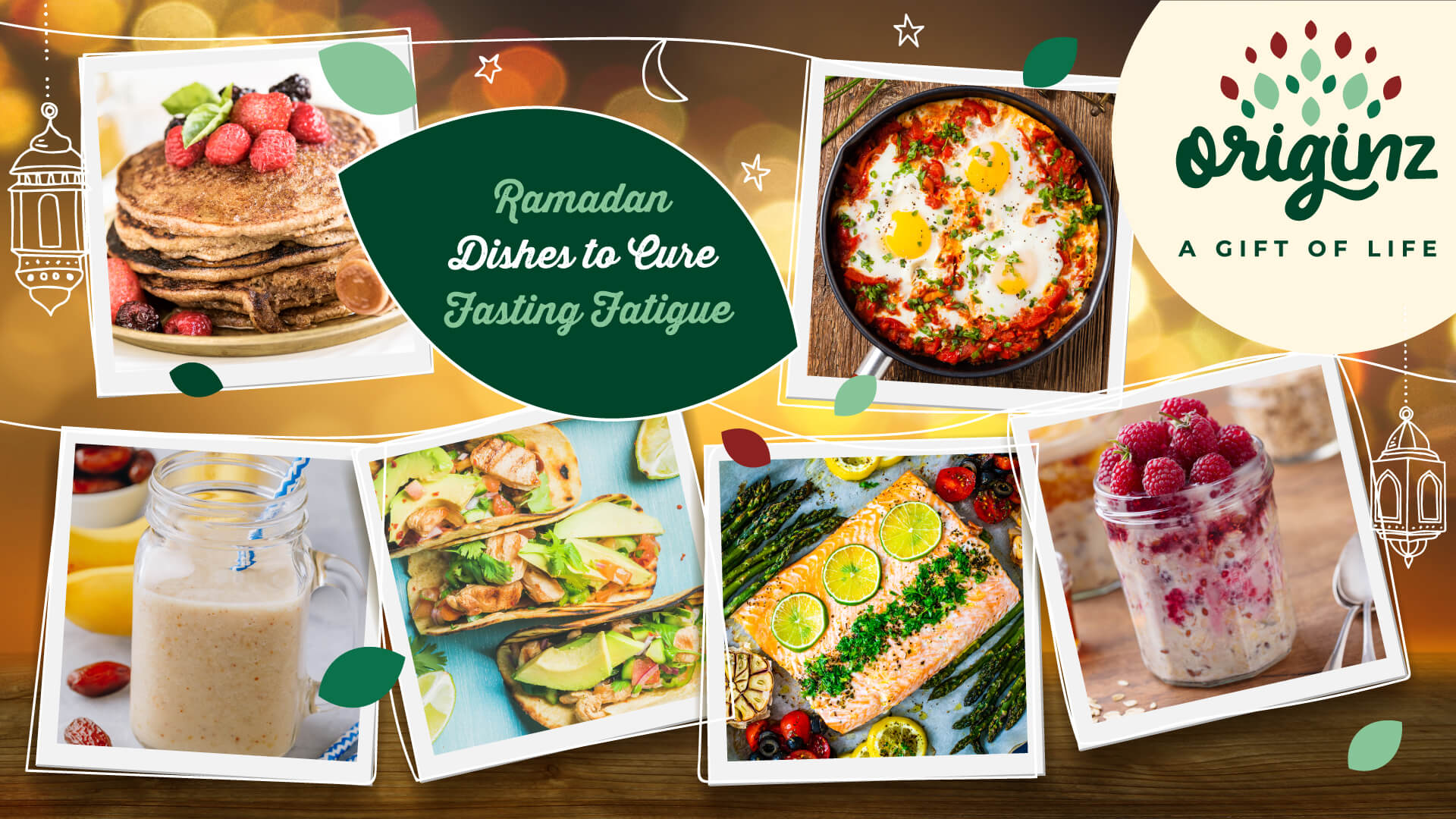
5 Delicious Fattoush Salad Variations for Your Iftar
As the sun dips below the horizon and the call to prayer fills the air, families and friends gather to break their fast with iftar, the evening meal during Ramadan. Among the myriad of dishes that adorn the table, one salad often stands out for its refreshing taste and nutritional value: fattoush. This traditional Middle Eastern salad is not only a staple during Ramadan but also a versatile dish that can be adapted to suit various palates. In this blog, we will explore five delicious fattoush salad variations to elevate your iftar experience.
The Essence of Fattoush
Before diving into the variations, let’s understand the core elements that make up a classic fattoush salad. Fattoush ingredients typically include crispy lettuce, juicy tomatoes, crunchy cucumbers, and radishes, complemented by the unique addition of toasted or fried pieces of pita bread. The dressing is a tangy mixture of olive oil, lemon juice, garlic, and sumac, which gives the salad its distinctive flavour. This combination of ingredients not only makes for a mouthwatering dish but also incorporates a variety of textures that are key to a satisfying fattoush.
1. Grilled Chicken Fattoush
Adding grilled chicken to your fattoush salad recipe can transform this side dish into a hearty meal, perfect for those seeking a protein boost at iftar. Marinate chicken breast in a mix of olive oil, garlic, lemon juice, and spices before grilling to perfection. Slice the grilled chicken and toss it with the classic fattoush ingredients and dressing. This variation is ideal for those who prefer a more filling option without compromising on the traditional flavours of the Arabic fattoush salad.
2. Pomegranate and Walnut Fattoush
For a sweet and crunchy twist, incorporate pomegranate seeds and chopped walnuts into your fattoush salad. The pomegranate adds a burst of sweetness and colour, while the walnuts provide a satisfying crunch and a boost of omega-3 fatty acids. This variation not only enhances the nutritional profile of the salad but also adds a festive touch to your iftar table.
3. Vegan Avocado Fattoush
Catering to vegan diets or those looking for a creamier texture in their salad, adding avocado to your fattoush recipe is a fantastic idea. Cube ripe avocados and gently mix them with the rest of the fattoush ingredients, ensuring they are well-coated with the lemony dressing. The avocado adds a creamy texture and a healthy dose of monounsaturated fats, making this variation a nourishing choice for iftar.
4. Mediterranean Fattoush
Incorporate a Mediterranean twist by adding feta cheese and olives to your fattoush salad recipe. The saltiness of the feta and olives pairs beautifully with the tangy dressing and fresh vegetables, creating a harmonious blend of flavours. This variation is perfect for those who enjoy the bold tastes of Mediterranean cuisine and are looking for a refreshing salad option for iftar.
5. Quinoa Fattoush Salad
Quinoa, a high-protein grain, can be an excellent addition to your fattoush salad, making it an even more substantial dish. Cooked quinoa blends seamlessly with the traditional fattoush ingredients, adding a nutty flavour and a delightful crunch. This variation is particularly appealing to health-conscious individuals seeking a filling yet nutritious iftar salad recipe.
When preparing any variation of fattoush salad, consider visiting an organic
grocery store to source the freshest ingredients. High-quality, organic produce can significantly enhance the flavour and nutritional value of your salad, and our Originz organic apple cider vinegar and extra virgin olive oil are perfect for dressings.
For more delicious recipes , including variations on traditional dishes like fattoush, explore culinary websites and food blogs that specialize in Middle Eastern cuisine. These resources can provide valuable tips on how to make fattoush and other delectable dishes to enrich your iftar experience.
FAQs
Can I prepare fattoush in advance for iftar?
Yes, you can prepare most of the fattoush ingredients in advance. However, to maintain the crispiness of the pita bread and the freshness of the vegetables, it’s best to assemble the salad and add the dressing just before serving. This approach ensures the perfect iftar salad recipe each time.
Are there gluten-free options for fattoush?
Absolutely! For a gluten-free fattoush salad, simply substitute traditional pita bread with gluten-free pita or omit it entirely. You can also use toasted gluten-free bread cubes as an alternative, maintaining the integrity of the fattoush ingredients.
How can I make my fattoush more flavorful?
To enhance the flavour of your fattoush, let the salad sit for a few minutes after adding the dressing before serving. This allows the flavours to meld together. Additionally, experimenting with different herbs like mint or parsley can add an extra layer of freshness to your salad. Learning how to make fattoush with these subtle tweaks can significantly impact the dish’s overall flavour, making the Arabic fattoush salad stand out at your table.
Fattoush is more than just a salad; it’s a celebration of flavours and textures that can be adapted to cater to a wide range of tastes. Whether you’re breaking your fast or simply enjoying a light and nutritious meal, these five variations of fattoush salad offer something special for everyone at the table. Enjoy exploring these delicious options and make your iftar truly memorable.
Further Read,
Food Language of Ramadan: A Culinary Journey
Through Sacred Traditions
Healthy Ramadan Fasting Tips to Follow
Ramadan Dishes to Cure Fasting Fatigue
Latest Blogs

Maintaining Healthy Habits After Ramadan
Have Ramadan healthy meals after Ramadan and maintain healthy food habits and implement them in your daily lives. Read more about healthy food habits.

Authentic Middle Eastern Iftar Meals to Prepare This Ramadan
Prepare some authentic middle eastern iftar meals this Ramadan. Look for fresh Ramadan food ideas and make your day memorable with these dishes. Check them out.

Ramadan Dishes to Cure Fasting Fatigue
Don’t worry about fasting fatigue anymore as we have listed some best Ramadan dishes and easy iftar meals to support your fasting journey. Check them out.

Eid-al-Fitr Feast: Delicious Recipes to Celebrate the End of Ramadan
Celebrate the end of Ramadan with delicious recipes on the eve of Eid ul Fitr. Read more about the traditional Ramadan recipes and make them easily.